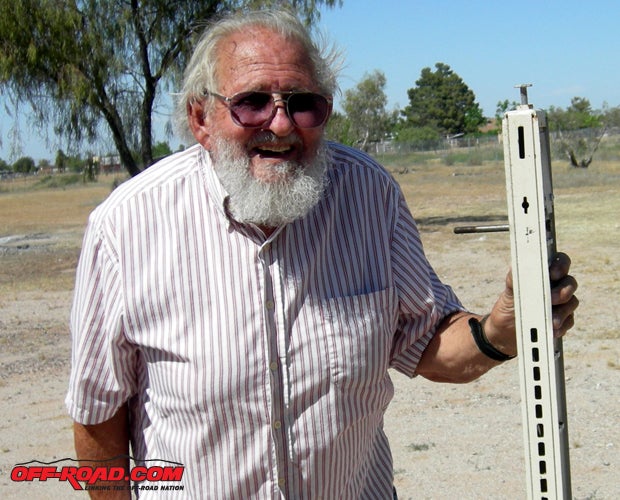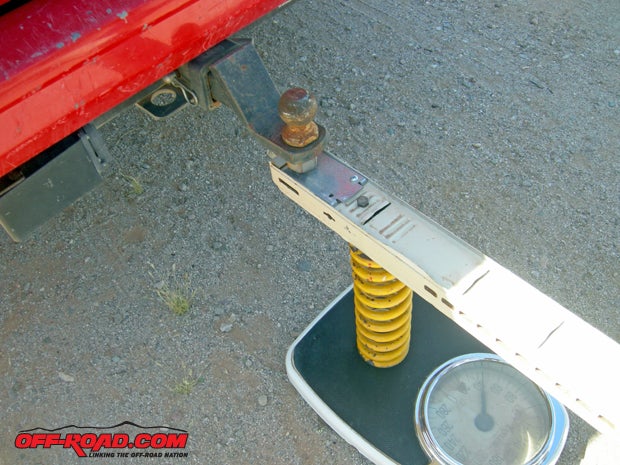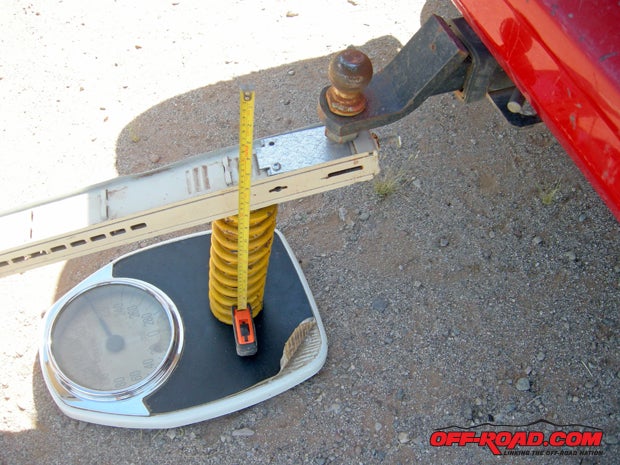
If you're playing around with vintage bikes, you're going to run into some puzzling moments when it comes time to figure out what springs to use. After all, springs do wear out with the years, or if you're heavier than the previous owner, you might simply need a stouter spring.
But, how can you tell what the actual rate of the spring is? Chances are 10 to 1 that that the color-coding has long since worn off, and even if it was there where are you going to find the coding information?
We devised a method for determining all of the spring rates of our springs, and it's so simple it's ridiculous.
When a spring is made, the poundage is pounds per inch unless it's a progressive spring; then the rate is slightly different. All you have to do is compress the spring one inch when it's sitting on a scale and the spring rate is shown right on the scale.

In order to do this, you need to steal the bathroom scale for a few minutes. Grab a strong piece of metal about three feet long. If you don't have a piece of steel that long, use an old two by four, or the closest thing you have. That's the beauty of this whole thing; anything that's long enough and strong enough will work.
Right at mid point, drill a hole or pound a big nail through. All this does is keep the spring from flying off and killing a spectator. If you use the steel bar, place a nut and bolt through the hole.
Take the scale and your new tool out to somewhere where you can hook one end of the lever and push down. We used the edge of the fence in the driveway.
Place the spring in the center of the scale and compress it one inch. Hold a measuring tape beside the bar and push down until the thing travels one inch. Take a quick look at the scale and read how stiff the spring is.


We tested this method with springs ranging from 70-145 pounders and each time the readings were the same. As long as you compress the spring only one inch, the readings will be accurate. If done properly, the value of the springs will be known.
For a test, take a new set of springs that you know the rate and check them. You'll be surprised to find they vary slightly, even if they haven't been run.


 Your Privacy Choices
Your Privacy Choices